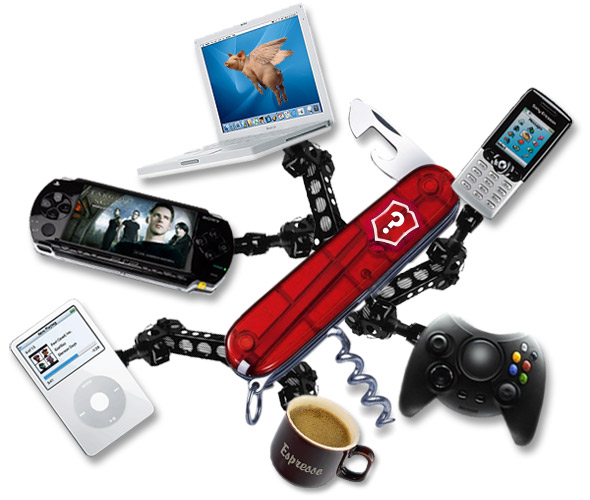 The one curve that I cannot seem to stop chasing is the electronics curve.
The one curve that I cannot seem to stop chasing is the electronics curve.
Hardly have I settled on what I want and plop!…a new phone model hits the market! Ditto with electronic games for my son. Same with home devices, televisions, laptops, iPods, iPads, etc.
Infact I suspect even the Chinese are not being able to keep up with the blingy accessories for the different ‘i’ models!
Each morning brings with it a plethora of catalogues from electronics stores.
Jacky’s, Jumbo, Carrefour, Sharaf DG and Plug-ins all jostle for consumer mind space along with the headline of the day in the newspapers.
Tired of trying to achieve the ‘latest’ status in the X Box 360, Playstation, Nintendo PSP and Wii race for doting parents, I finally communicated to A that he should wait a few months and then we could buy the entire wish list for the price we were paying for one right now.
As 11 year old boys often do, he asked “Why will it be so cheap in just a few months? And if it will be, why is every body else buying it now?”
It is for such special occasions that I reserve the “Ask your father” card. After all, he’s the one who studied Economics willingly.
However, the second part of the question continued to haunt me. Why is everybody buying it now, knowing it will be cheaper in a few months?
Exactly how important is it to have ‘the latest’?
And if the reason is, this is an updated version, why were we settling for less the last time, only a few months ago? Knowing that something better has already been announced?
The consumer market for electronics in UAE barely got a nudge during the recession. Dropping from US $2.6 billion in 2008 to US$ 2.4 billion in 2009, it has remained steady in the US$ 2.3 to 2. 4 billion range in the following years (Euromonitor).
Going by historical definitions of consumption during recessions, luxury sales are the first to affected followed by other ‘wants’. Primary needs are least affected.
Certainly the mobile phone has become a necessity, however, statistics seem to indicate that so have machines, audio-video systems and gaming systems.
Working on a margin of 4-5%, sometimes even as low as 3%, the consumer electronics retailer is now supplying a basic need.



